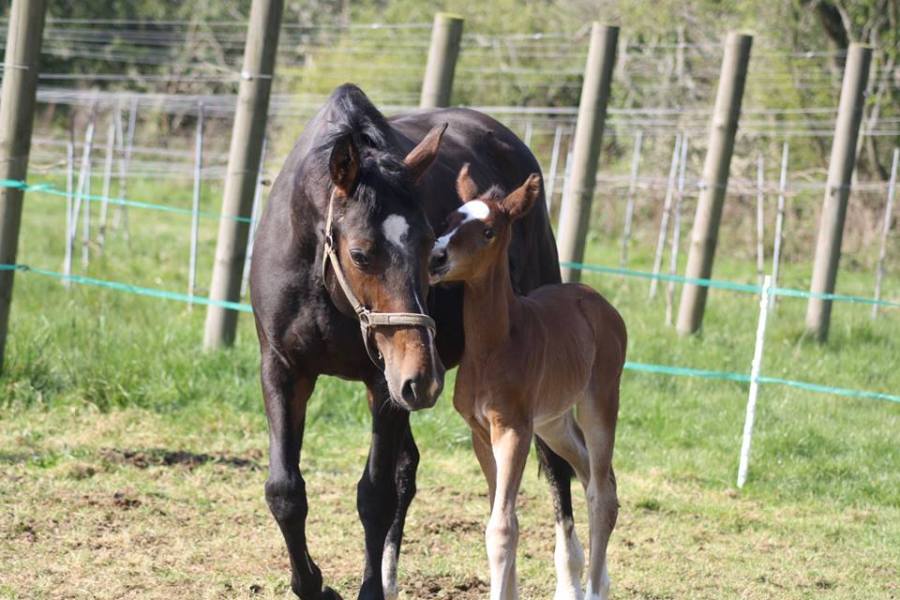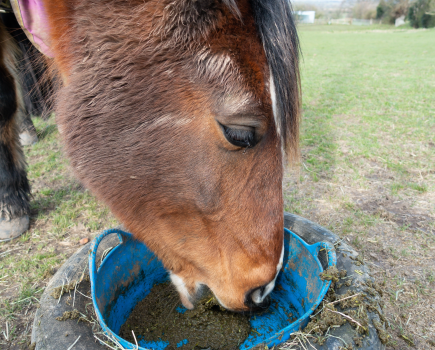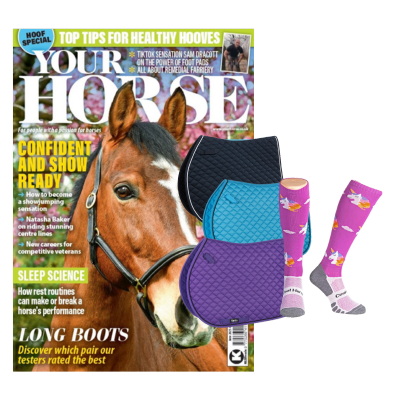Have you ever wondered why your horse is the colour they are? Perhaps they are a completely different colour to their parents, or they’re slowing going grey when you didn’t expect them to?
How does that happen? The answer lies in colour genetics, and Your Horse unravels the code…
It’s all in the cells
Within each of your horse’s cells are millions of genes (think of them as biological instructions for making the different parts and characteristics of an animal) and each cell has two copies of each gene – one from either parent. The two copies are not always the same, and these alternatives are called alleles.
When they are the same, the horse is said to be homozygous for that gene – which could be colour, their big ears, height, and so on. If the genes are different, the horse is heterozygous.
In heterozygous horses, one allele may be visible in the horse, but the other is not. The visible allele is known as dominant, the other recessive, and it’s these recessive alleles that can result in an unexpected coat colour in a foal.
So if a horse is homozygous for a dominant form of a trait, then the foals he or she produces will carry the gene 100% of the time. So, if the dominant gene is bay, the result is a bay foal. A heterozygous horse will produce a foal carrying the dominant gene 50% of the time when bred to a horse without the gene.
All horse colours stem from three base coat colours – black, brown and red – and the genes that determine these colours are known as A, B and E.
Genes explained
Each gene is allocated a letter to identify it and when genes combine, this is what gives a horse its colour. A dominant (bossy boots) allele of a gene is shown by an italicised capital letter, and the recessive (shrinking violet) one by an italicised lower case letter.
- Grey horses have the G gene, which is a modifying gene and means foals that are GG or Gg are any colour and will go whiter/ greyer as they age.
- A grey horse with pink skin has the W (or white) gene and Ww horses are white from birth.
- Black, brown or bay horses have the EE or Ee gene. If they have black pigment in the skin, but not in the hair, then they are ee, a variation of chestnut.
- The agouti is a modifier gene and controls the distribution of black pigment. The dominant allele A restricts black pigment to the points of the horse (mane, tail, lower legs and ear rims), as seen, for example, in bays. The recessive allele a uniformly distributes black pigment over the entire body.
- Then there are the diluting genes, which are C and D. They can change solid colours to yellow, light red, grey or cream, such as cremello, dun, palomino, and so on.
- A chestnut, ee, becomes a palomino by the dilution of the red pigment in the body to yellow, with the mane and tail being diluted to flaxen. A bay horse, EA, becomes a dun by the dilution of the body to yellow without it changing the colour of the dun’s black mane and tail.
Grey and broken colours
Grey horses are not born grey, but more and more white hairs will appear until eventually they become grey. Some show signs of changing colour within three to four months, while for others it could take years.
If one or both parents was grey, but your foal isn’t, watch out for white hairs appearing around the temples, ears and hocks, as this is often the first sign that they’re going to be grey. The skin of a grey, even when they’ve become much lighter, will match their birth colour. This is one way of telling them apart from a white horse or a grey with the white gene.
Truly white horses are born and stay white. Great care must be taken when breeding two white horses together as possession of a double white gene (’lethal white’) can be fatal.
In skewbald and piebald horses, the white markings are simply laid over the top of the horse’s other colour. A roaning pattern is where individual white hairs are mixed into the normal coat.
Love hacking? Join our free #Hack1000Miles challenge and see how far you can go!
Subscribe to Your Horse Magazine – the perfect Christmas gift!









